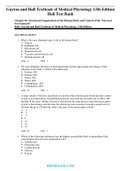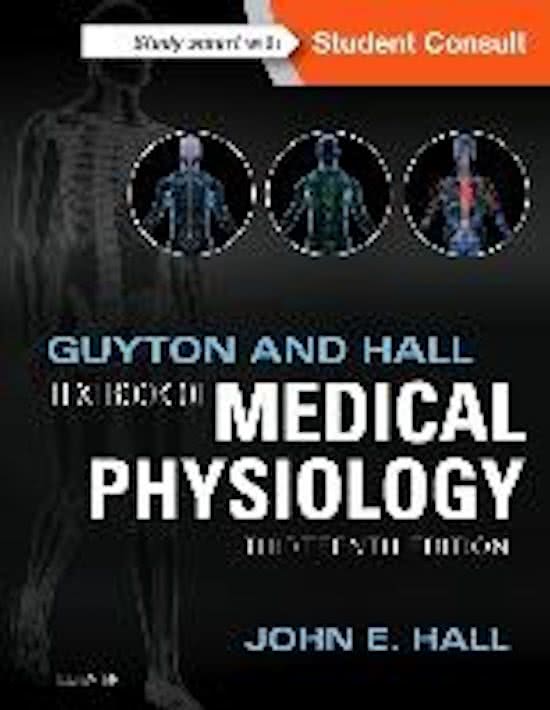Exam (elaborations)
Guyton and Hall Textbook of Medical Physiology 13th Edition Hall Test Bank. Answers and cheat sheets PDF
- Course
- Institution
- Book
Guyton and Hall Textbook of Medical Physiology 13th Edition Hall Test Bank. Answers and cheat sheets PDF
[Show more]




